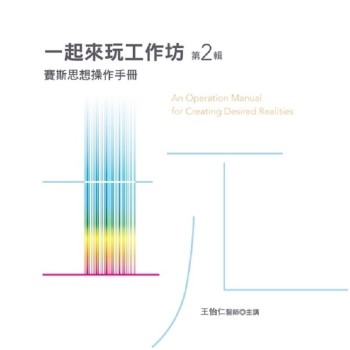Massive haemoptysis is rare, but a threat due to the risk of asphyxia. The role of thoracic CT angiography in its management remains to be defined. The objectives of our study were to describe the role of thoracic CT angiography in determining the site of bleeding by comparing its data with those of conventional pre-embolisation angiography.Descriptive study of 58 radio-clinical records of patients admitted to the Pneumology Department of Mohamed Taher Maâmouri Hospital in Nabeul or Sahloul Hospital in Sousse with massive haemoptysis investigated by CTTA.CT scan revealed recent bleeding in 79.3% of cases. The most frequent cause of bleeding was bronchiectasis. The concordance between CT and angiography in the detection of culprit bronchial systemic arteries (BSA) and non-bronchial systemic arteries (NBSA) was 91.3% and 80% respectively. TDCT had a sensitivity of 84% and a specificity of 62.5% for the detection of culprit ASBs and 80% and 84.6% for the detection of culprit ASNBs. ATDM was more sensitive than angiography in the detection of ASNB.
| FindBook |
有 1 項符合
Massive hemoptysis: place of pre-embolization bronchial angioscanq的圖書 |
 |
Massive hemoptysis: place of pre-embolization bronchial angioscanq 作者:Abid 出版社:Our Knowledge Publishing 出版日期:2024-10-29 語言:英文 規格:平裝 / 104頁 / 22.86 x 15.24 x 0.64 cm / 普通級/ 初版 |
| 圖書館借閱 |
| 國家圖書館 | 全國圖書書目資訊網 | 國立公共資訊圖書館 | 電子書服務平台 | MetaCat 跨館整合查詢 |
| 臺北市立圖書館 | 新北市立圖書館 | 基隆市公共圖書館 | 桃園市立圖書館 | 新竹縣公共圖書館 |
| 苗栗縣立圖書館 | 臺中市立圖書館 | 彰化縣公共圖書館 | 南投縣文化局 | 雲林縣公共圖書館 |
| 嘉義縣圖書館 | 臺南市立圖書館 | 高雄市立圖書館 | 屏東縣公共圖書館 | 宜蘭縣公共圖書館 |
| 花蓮縣文化局 | 臺東縣文化處 |
|
|
圖書介紹 - 資料來源:博客來 評分:
圖書名稱:Massive hemoptysis: place of pre-embolization bronchial angioscanq
|











